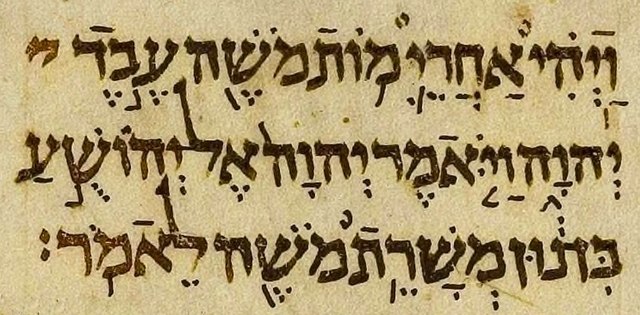Hebrew Braille is the braille alphabet for Hebrew. The International Hebrew Braille Code is widely used. It was devised in the 1930s and completed in 1944. It is based on international norms, with additional letters devised to accommodate differences between English Braille and the Hebrew alphabet. Unlike Hebrew, but in keeping with other braille alphabets, Hebrew Braille is read from left to right instead of right to left, and unlike English Braille, it is an abjad, with all letters representing consonants.
Hebrew Braille
The Hebrew alphabet, known variously by scholars as the Ktav Ashuri, Jewish script, square script and block script, is traditionally an abjad script used in the writing of the Hebrew language and other Jewish languages, most notably Yiddish, Ladino, Judeo-Arabic, and Judeo-Persian. In modern Hebrew, vowels are increasingly introduced. It is also used informally in Israel to write Levantine Arabic, especially among Druze. It is an offshoot of the Imperial Aramaic alphabet, which flourished during the Achaemenid Empire and which itself derives from the Phoenician alphabet.
The Aleppo Codex, a tenth century Masoretic Text of the Hebrew Bible. Book of Joshua 1:1
The lower clock on the Jewish Town Hall building in Prague, with Hebrew numerals in counterclockwise order.
The four-pronged Shin




